The Real Deal on Vitamin A: A Practical Guide to Getting It Right
Over the years, I’ve noticed that few nutrients cause as much confusion as vitamin A. People know it’s good for their eyes and skin, but the conversation usually stops there. They’re worried about supplements, wondering if carrots can really turn you orange, and aren’t sure which foods actually pack the biggest punch. So, let’s clear all that up.
In this article
Think of this as the chat we’d have if you came to me for advice. We’ll go beyond just listing foods and get into the ‘why’ and ‘how’ so you can make some smart, safe choices for yourself.
First Off, How Do You Know If You’re Low?
Before we dive into sources, you’re probably wondering, “Do I even need more vitamin A?” While a true deficiency is rare in most developed countries, low levels can definitely fly under the radar. There are a few tell-tale signs I watch for.
The classic one is trouble seeing in dim light or at night. Your eyes need this vitamin to properly adjust to darkness. You might also notice unusually dry eyes or even dry, bumpy skin on the backs of your arms (a condition sometimes called keratosis pilaris, or “chicken skin”). And because it’s so important for your immune system, catching every cold that goes around can also be a clue.

The Two Different Faces of Vitamin A
Okay, let’s get one thing straight: “Vitamin A” isn’t just one thing. It’s a team of compounds that show up in our food in two totally different forms. Nailing this difference is the secret to getting your intake right.
1. Preformed Vitamin A (The Active Form)
This is the stuff your body can use immediately, no conversion required. You’ll find it exclusively in animal products—think meat, fish, eggs, and dairy. The pros call it retinol. When you see a supplement bottle listing retinol or retinyl palmitate, this is what they’re talking about.
Because it’s so ready-to-go, your body absorbs it very efficiently. This is a double-edged sword, though. It’s also the form that can cause toxicity if you go way overboard, usually with high-dose supplements.
2. Provitamin A (The Plant-Based Form)
This is the vitamin A you get from plants. These are basically the pigments, like beta-carotene, that give fruits and veggies their gorgeous orange, yellow, and red hues. Your body has to do a little work to convert these into the active form, retinol.
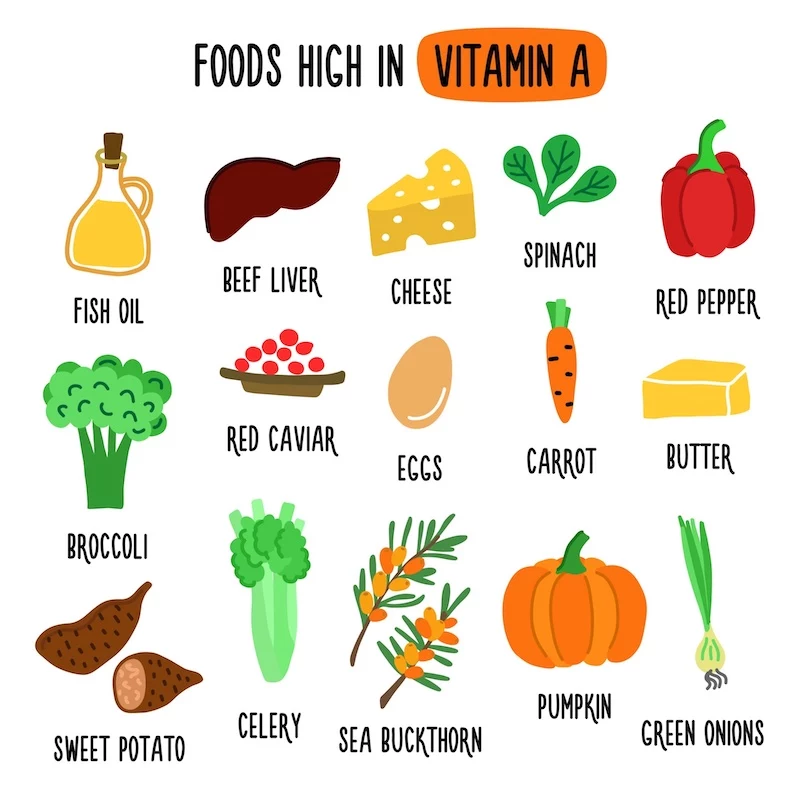
Here’s the cool part: your body is pretty smart about this. It generally only converts what it needs, which acts as a natural safety mechanism. That’s why you can’t get vitamin A poisoning from plants. Honestly, the worst that can happen if you eat a mountain of carrots is your skin might get a temporary orange-ish tint. It’s a harmless condition called carotenodermia, and it’s basically your body’s built-in “off switch.”
A quick note for my vegetarian and vegan friends: You can absolutely meet your needs with plants alone, but you have to be strategic. Since the conversion isn’t 100% efficient, variety is key. And always, always pair your vitamin A-rich plants with a healthy fat—like avocado, nuts, seeds, or olive oil. That fat is crucial for helping your body make the conversion.
The Best Animal Sources (The Powerhouses)
Animal foods give you that potent, preformed vitamin A. A little goes a very long way, so you don’t need much.
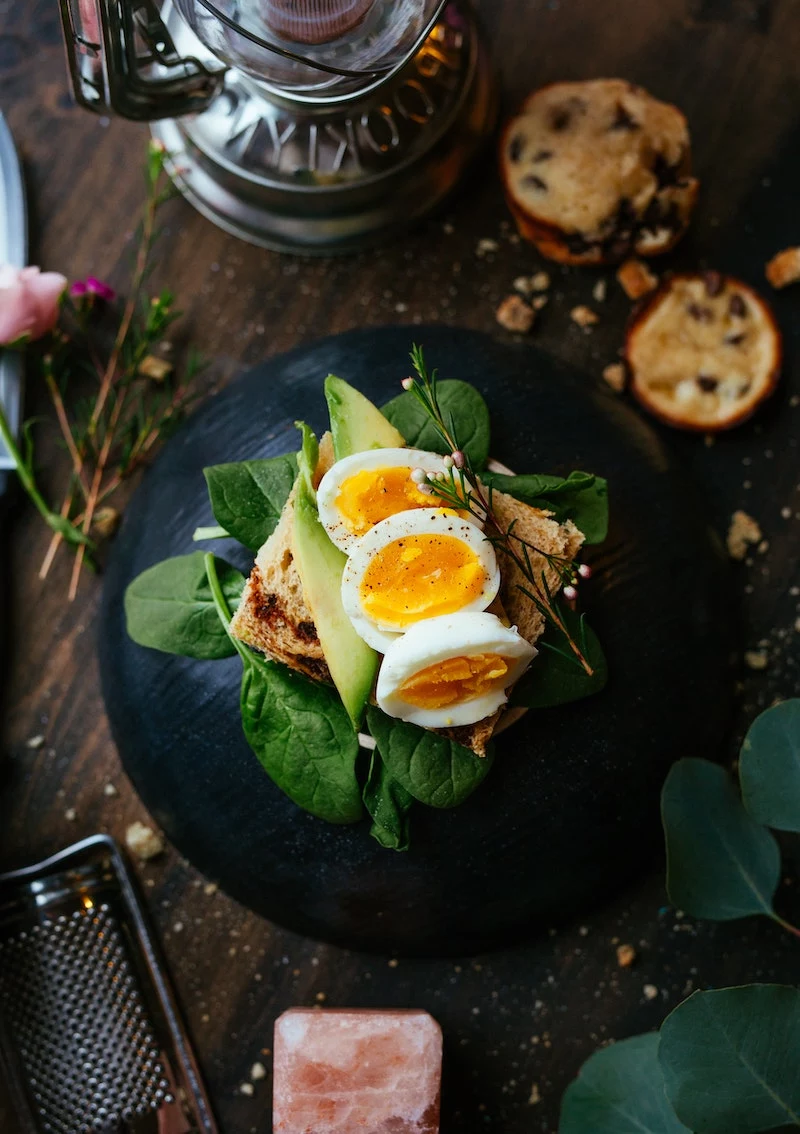
- Beef Liver: Let’s be real, liver is nature’s multivitamin. A single 3-ounce serving of beef liver can pack over 700% of the recommended daily amount. Because it’s so potent, I usually suggest eating it just once a week. Quick tip: If you hate the taste, freeze a small chunk and grate it into ground beef for spaghetti sauce or meatloaf. You won’t taste it, but you’ll get all the benefits. Budget-wise, it’s a superstar—you can often find it for under $5 a pound at a local butcher.
- Oily Fish: Think salmon, mackerel, and herring. They’re not as crazy-concentrated as liver but are still a fantastic source, with the added bonus of healthy omega-3 fats. A 6-ounce salmon fillet will get you a good chunk of your daily need. Wild-caught can be pricey, but don’t forget about canned salmon! It’s an awesome, affordable alternative that’s just as nutritious.
- Eggs: The perfect portion-controlled source. The vitamin A is all in the yolk, conveniently packaged with the fats you need to absorb it. One large egg gives you about 10% of your daily goal. It’s an easy win.
- Dairy: In many countries, milk is fortified with vitamin A to make up for what’s lost when the fat is removed. A cup of fortified milk or a slice of cheddar cheese can give you a nice little boost.
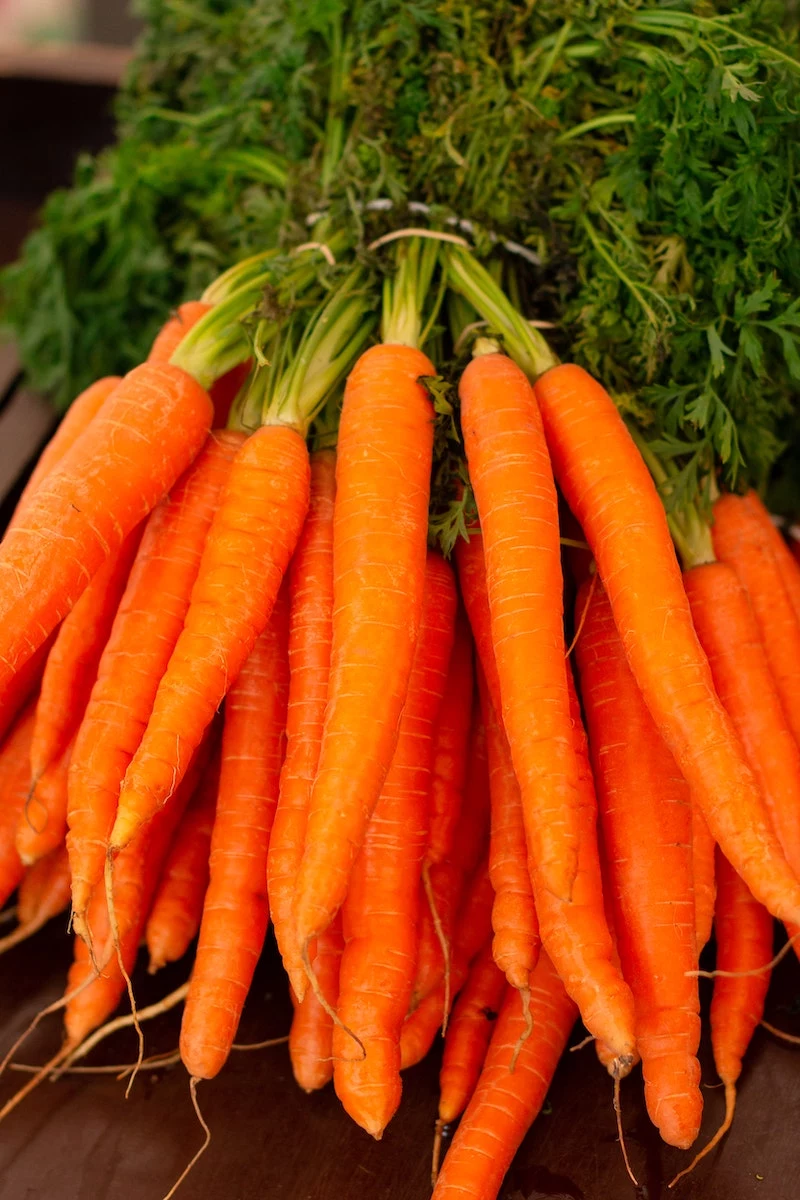
The Best Plant-Based Sources (Safe & Steady)
Plants are your safest bet for vitamin A. They’re loaded with fiber and other goodies, and you can eat them freely. Just remember the rule: cook them and eat them with fat!
- Sweet Potatoes: This is my number one plant recommendation. A single medium baked sweet potato can provide well over 100% of your daily target. And cooking it actually makes the beta-carotene easier to absorb. Drizzle it with olive oil or add a pat of butter to seal the deal.
- Carrots: The classic for a reason. One medium carrot has about half of what you need for the day. And here’s a pro tip: cooked carrots give you more usable vitamin A than raw ones. Steaming them is perfect.
- Dark Leafy Greens: Don’t let the green color fool you; spinach and kale are hiding a ton of beta-carotene. A cup of cooked spinach is an absolute powerhouse. Cooking wilts the greens down, concentrating the nutrients into a much smaller, more potent serving.
- Cantaloupe & Mango: A sweet and refreshing way to get your vitamins. They’re great in smoothies or just as a snack. Feeling inspired? Try this today: make a simple fruit salad with a cup of cantaloupe and a handful of walnuts. You get a solid dose of provitamin A from the fruit, and the fat from the nuts helps you absorb it. Done!
- Red Bell Peppers: Surprise! A large red bell pepper is a fantastic source. The key is the color—red peppers have way more vitamin A than their green, unripe siblings. Roasting them with a little olive oil is my favorite way to prepare them.

The Big Question: Safety, Supplements, and Your Skin
This is where things get serious. While vitamin A is essential, the preformed (animal-based) version can be harmful in very high doses. Health experts set a Tolerable Upper Intake Level (UL) for adults at 3,000 mcg RAE per day. This limit ONLY applies to preformed vitamin A from animal foods, fortified foods, and supplements. There’s no upper limit for the carotenoids you get from plants.
Accidentally getting too much from food is incredibly rare (unless you’re an Arctic explorer eating polar bear liver). The real danger comes from supplements.
A common mistake is supplement stacking—for example, taking a high-potency multivitamin, plus cod liver oil, plus another single vitamin A pill. This can easily push you over the safe limit and lead to symptoms like dizziness, nausea, headaches, and blurred vision.
Heads up! A critical warning for anyone who is or may become pregnant: Extremely high intake of preformed vitamin A has been linked to a risk of birth defects. This is a conversation you absolutely must have with your doctor to ensure your prenatal vitamin and diet are safe.
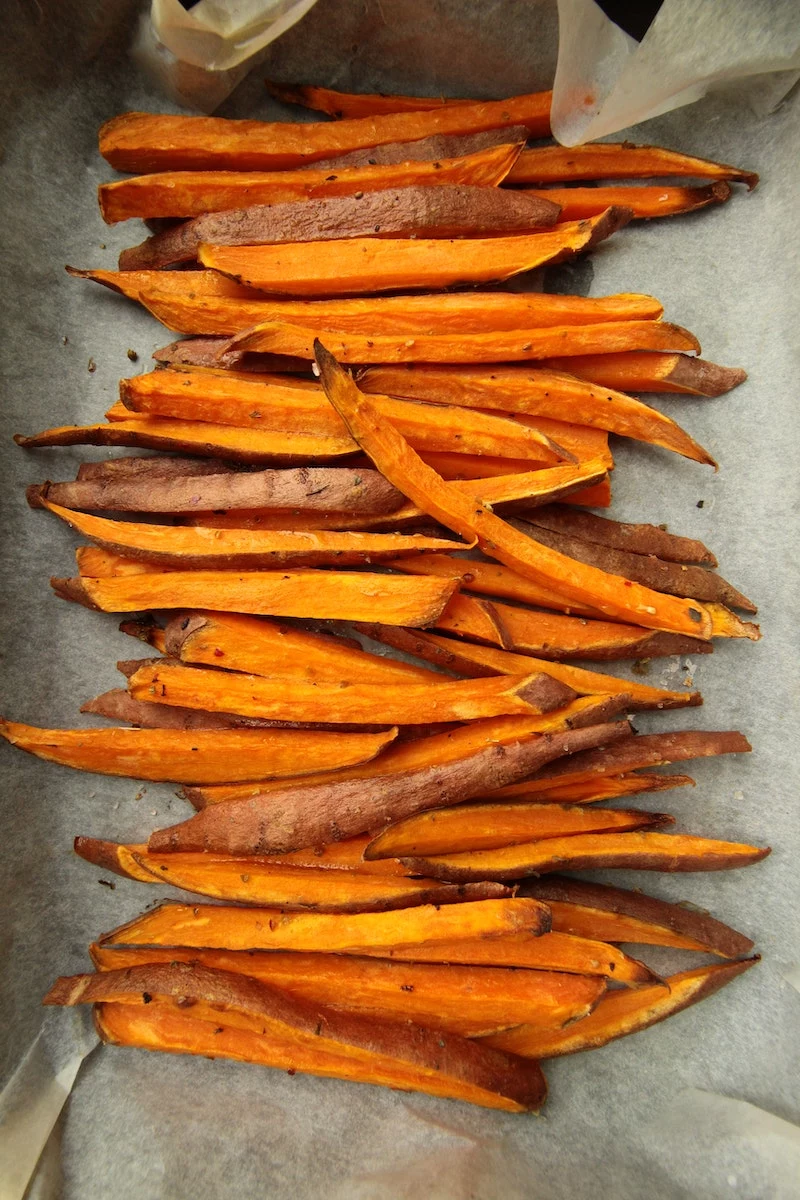
Oh, and one more thing people ask about all the time: what about those retinol creams for skin? Good news! The vitamin A you put on your skin (topical retinol) is not absorbed into your bloodstream in the same way as the kind you eat. It doesn’t count toward your daily intake and doesn’t carry the same risk of systemic toxicity as high-dose supplements.
Inspirational Gallery
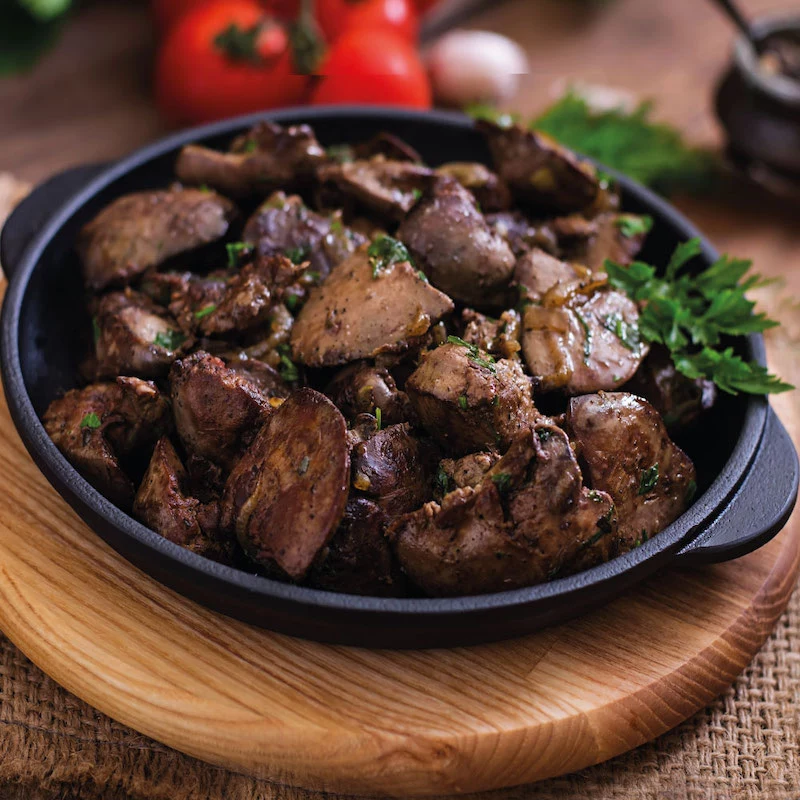

Does cooking destroy the vitamin A in my vegetables?
Surprisingly, no! In fact, lightly cooking vegetables like carrots, spinach, and sweet potatoes can help break down their tough cell walls, making the beta-carotene more available for your body to absorb. The key is to avoid boiling for long periods, which can cause nutrients to leach into the water. A quick steam or a sauté with a little healthy fat, like olive oil or a knob of butter, is the perfect way to boost both flavor and nutrient absorption.
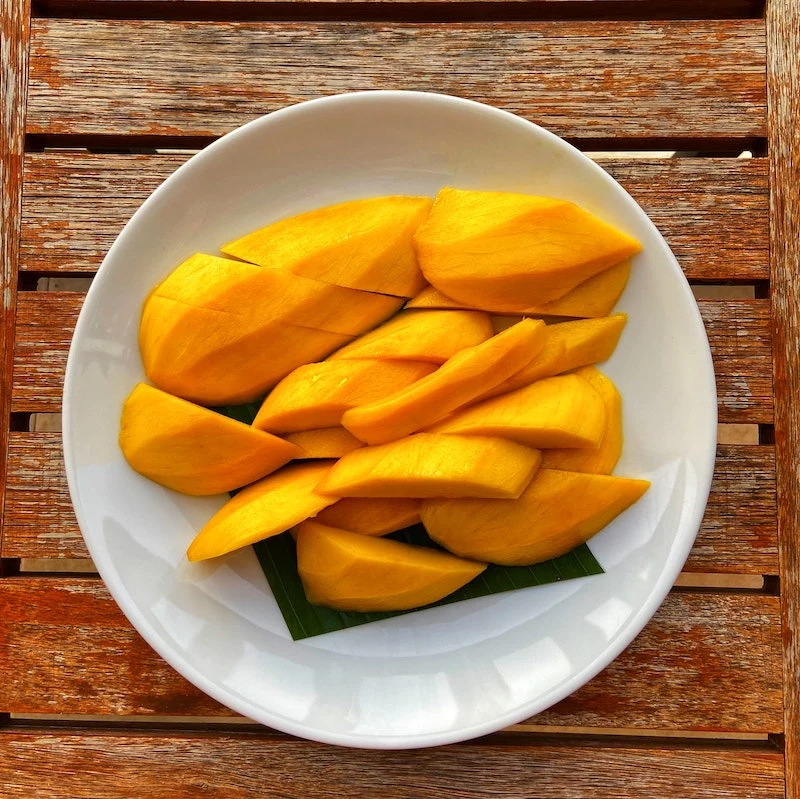
More than 95% of the body’s vitamin A reserves are stored in the liver.
This is why beef or chicken liver is such an incredibly potent source of preformed vitamin A (retinol). While it might not be a weekly staple for everyone, incorporating even a small serving just once or twice a month can significantly boost your levels. If the taste is a challenge, try finely dicing it and mixing it into ground meat for meatballs or a bolognese sauce.

Food First Approach: Getting vitamin A from a balanced diet of colorful produce and animal products provides a wide array of carotenoids and co-factors that work together. Your body intelligently converts only what it needs from plants, virtually eliminating the risk of toxicity.
High-Dose Supplements: Relying on high-dose retinol supplements (unless prescribed by a doctor for a diagnosed deficiency) carries a risk of hypervitaminosis A, a toxic state with serious health implications. The smarter, safer path is always through your plate.
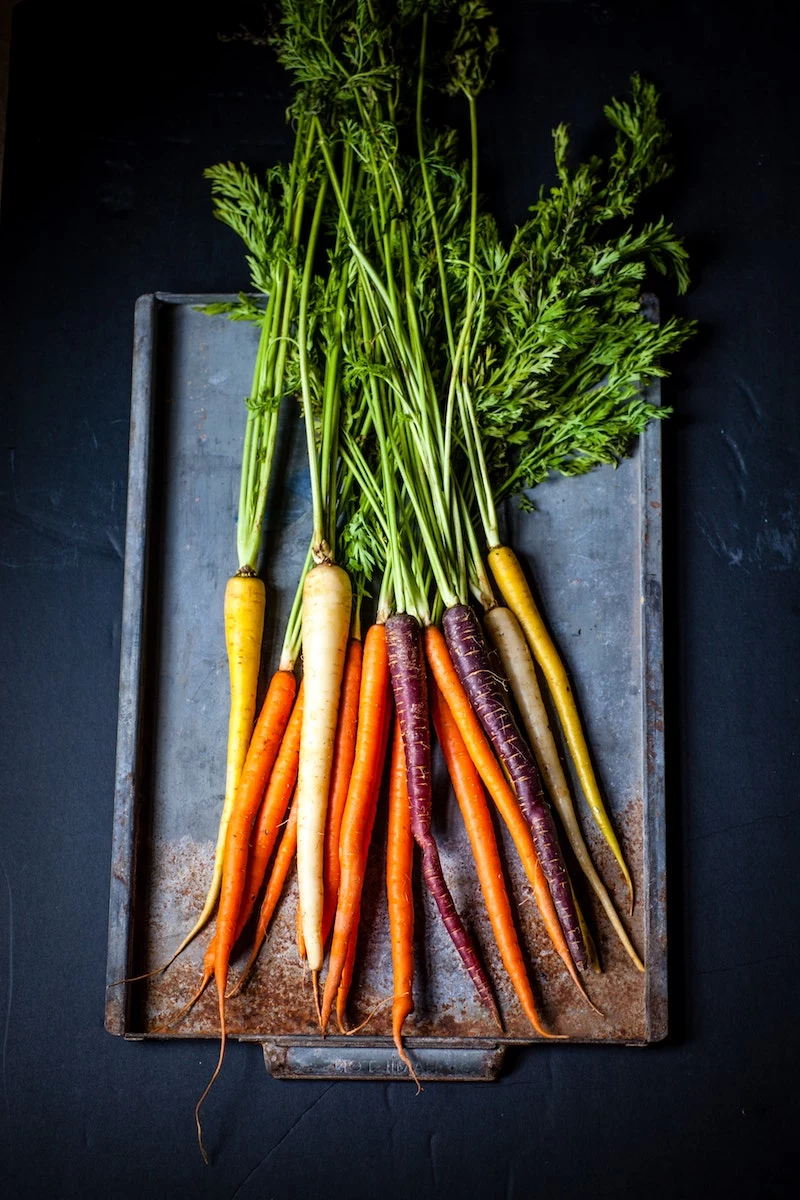
When you’re at the grocery store, let color be your guide. The intensity of a fruit or vegetable’s hue is often a direct clue to its beta-carotene content. Think of the deep, vibrant orange of a mango, the rich green of kale, or the fiery red of a bell pepper. Choosing a diverse palette of colors for your plate isn’t just aesthetically pleasing—it’s a simple strategy for ensuring a broad intake of powerful provitamin A carotenoids.
Looking for vitamin A on a budget? These powerhouse foods deliver maximum nutritional impact for minimal cost:
- Canned Pumpkin Purée: Not just for pies! A spoonful in oatmeal or a smoothie is an easy, inexpensive boost.
- Whole Carrots: Far cheaper than their pre-cut baby counterparts and just as nutritious.
- Frozen Spinach: A concentrated source that’s perfect for wilting into soups, stews, and egg dishes.
- Eggs: A go-to, affordable source of easy-to-absorb retinol.










